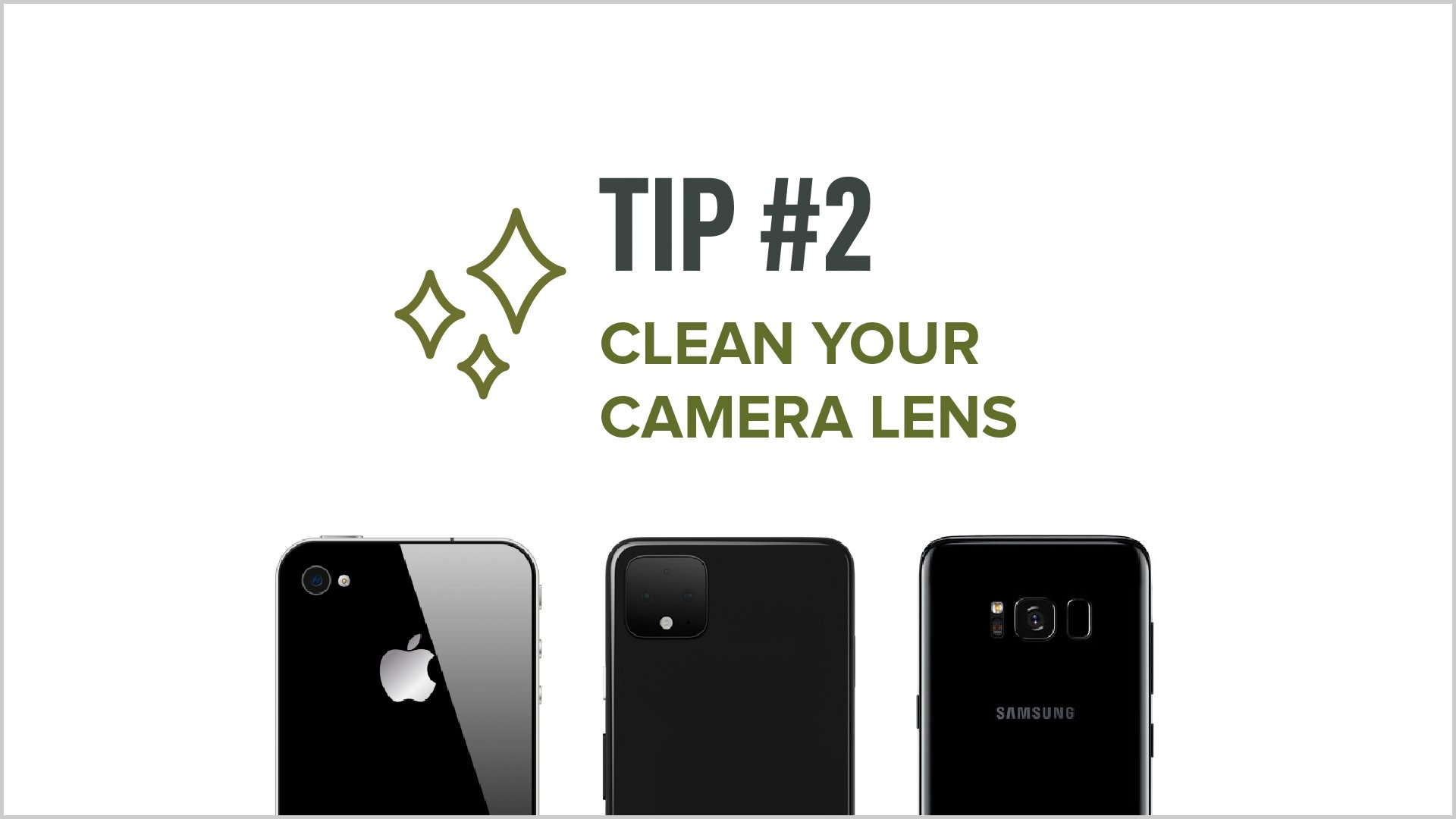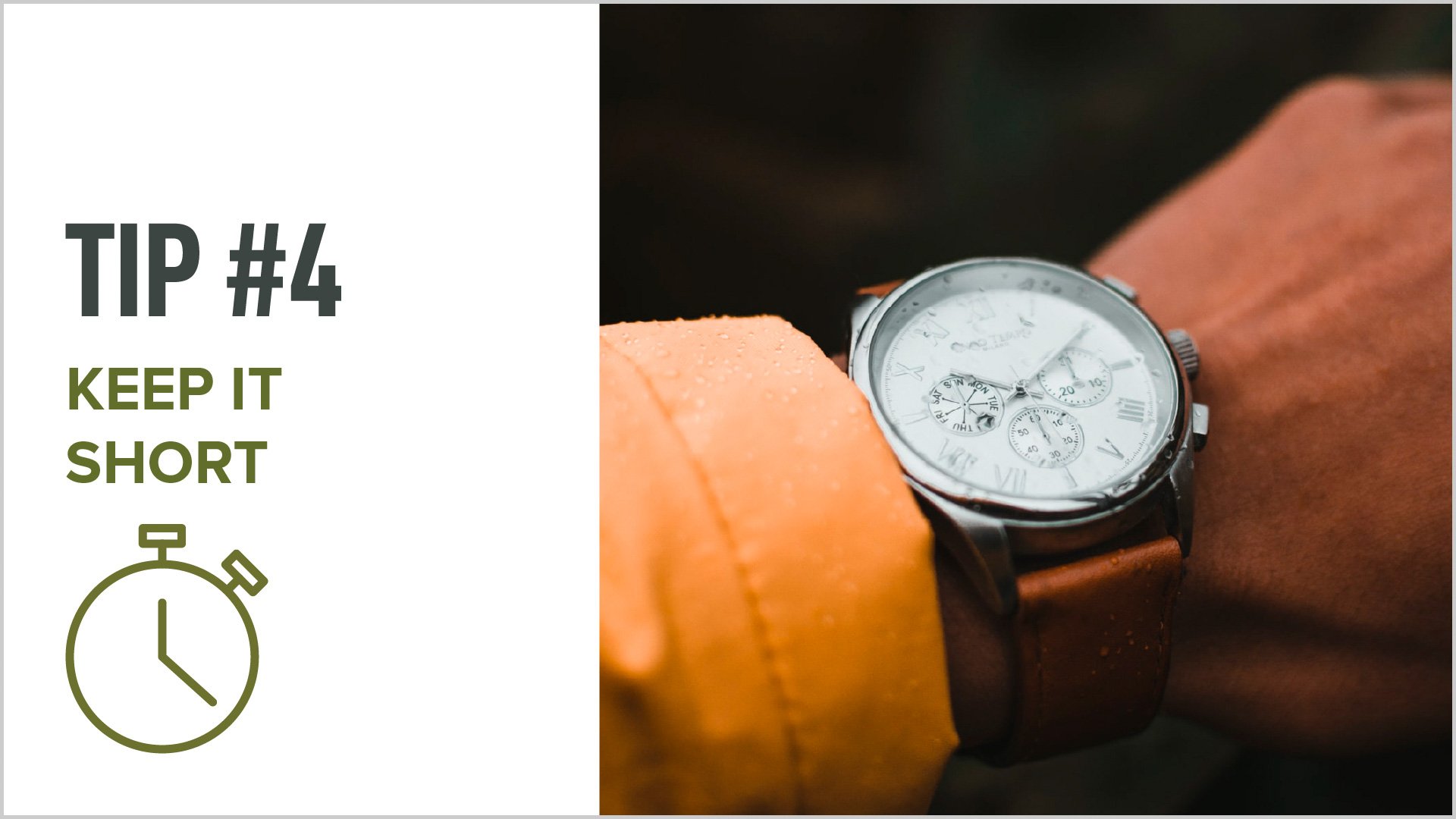Ten Tips for Making Your Own Farm Videos
We recently hosted a webinar for the Hoosier Young Farmers Coalition about using your smartphone to produce and share your own farm tour videos. Here are our ten tips for making the most of your phone’s capabilities. All of these tips are loosely geared towards one goal: making it easy for your viewers to keep watching, and to absorb the content you’ve worked hard to produce without distraction.
The subject matter of your video is going to depend on its purpose. You’ll need to consider your audience and what you want to communicate to them. Maybe you’re getting a lot of the same questions about a tomato variety at markets. Maybe you want people to understand the difference between soil-grown and hydroponic. When you consider your audience, what they know, and what you want to tell them, that will help you fill in the gaps.
Wipe your lens! After riding around in your pocket all day, your phone is probably pretty dirty. If you want a clear picture, turn it around, look at the camera lens, and give it a wipe. If you have a case that covers the lens, you might need to clean out inside of there sometimes too. Ideally, you’ll use a microfiber cloth and follow manufacturer’s instructions for cleaning it. This will make a huge difference in your picture quality and will make it easier for your audience to see what you’re showing. (See our list of recommended cleaning cloths and other gear.)
It’s normal for us all to hold out phones vertically, because that’s how we use them all day. When we make a video with the intention of sharing it on multiple platforms, it will work better if we turn the phone and record a horizontal picture. This will fill up most screens better, and people watching it on their phones can always turn their phone, too. At the very least, it’s really important to be consistent. If you mix horizontal and vertical shots in one video, it will be confusing and difficult for your audience to pay attention.
It’s always a good idea to keep videos short and sweet. Of course, the actual timed length will depend on your audience and what your topic is. But you can always rely on quick clips working well. A rule of thumb I use is, when I’m editing, if I can’t sit and watch the finished edited video three times all the way through without wanting to fast forward or skip parts, it’s probably dragging on too long.
On a phone, zooming in won’t actually magnify the image like it will in a fancier camera. If you need to crop something out, you can always do it later when you edit. But if you zoom in while you’re filming, it will actually degrade the image quality.
Be aware of and avoid extra noise. There might be background noise like a generator or traffic on the road, or even just wind. You’ll want to avoid filming with that kind of noise in the background. Even though it might not seem so bad while you’re out there, once you see the actual recording, it can be really distracting and even make it impossible to hear what you’re saying. Watch out for accidentally creating more noise yourself, too! Figure out where the microphone on your camera is and then try to be careful not to touch it while you’re recording. Thumb bumps will sound like wind fuzziness, too.
Where is the light and the shadow? Harsh sunlight can be really tricky to film or photograph in. Cloudy days or areas of open shade make things a little easier, but that’s not always possible when you’re dealing with a farm. Position your subject (if possible) facing the sun, with the sun shining on in. If you’re the one filming, you should have the sun on your back. Then point your camera at your subject, but watch out for your own shadow! You might have to swing yourself to either side a bit to keep your own shadow off your subject. Same goes for if you’re filming yourself--make sure you don’t end up with a camera shadow across your face! This will give you the best chance of capturing good color and detail in your shots. Of course, there’s always an exception to the rule, and as you play around with video, you might find some really cool backlit shots too.
Review your footage the same day, or as soon as possible. And when you review it, think about where your audience is going to be when they watch your video--probably inside! If you watch inside, you’ll be able to see your screen better and you’ll be able to hear better. Watching what you filmed gives you a chance to revise or redo it if you really need to.
There are some gadgets to make filming with a phone a little easier. Two things I’d recommend, if you have a little money in your business or grant budget, are a monkey or gorilla tripod that you can use anywhere, and maybe even something called a steadicam. Both of these things can do wonders for enabling you to get a really smooth, steady reel of clips to use. A nice smooth video is a lot easier for your viewers to keep watching, too! See a list of useful gear for farm tour videos here.
This final tip can save you time and frustration in the long run. The best thing to do before you start editing is to import your video clips from your phone into either a hard drive or to the Cloud, manually, in a folder that you create and name, so that you can always find them. You’ll need to be able to connect your phone to your computer, which might take some googling depending on the phone and computer you’re using. On Mac you can use the program called Image Capture — it’s built into your computer and works for all phones. On a PC, you can go to the Start menu and then Import and then From USB. If you have an iPhone, you might need to head to google for a workaround.
















